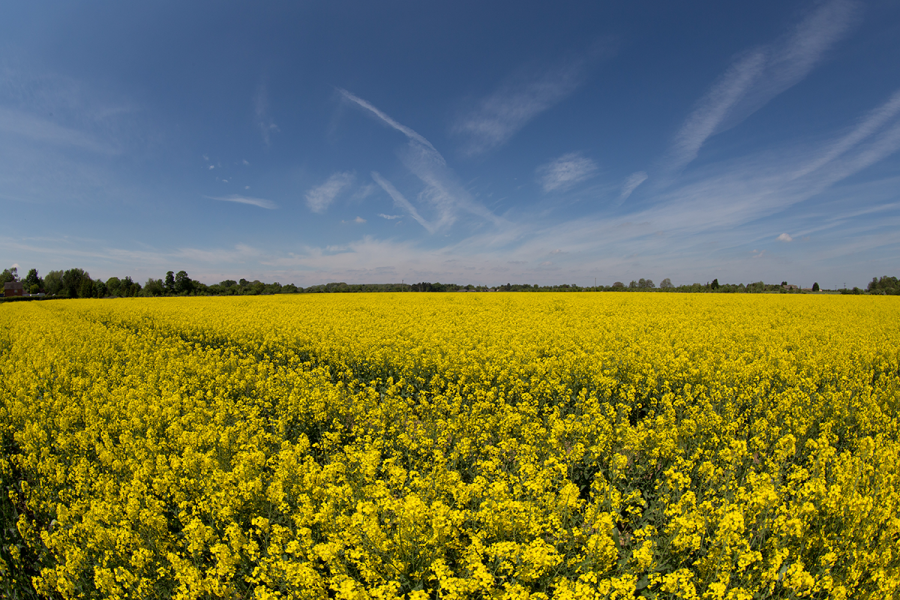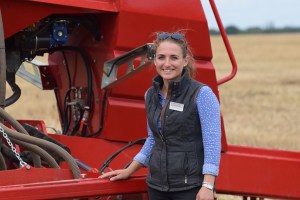
With oilseed rape crops in such varying levels of growth and development across the country, clear decisions ought to be made on how to manage the crop, or in some cases decide if it’s worth further investment, according to the latest advice from Hutchinsons.

“The second scenario which she believes describes the majority of crops, is where the crop was relatively late drilled, is still sitting compactly and just beginning to show signs of branching out and elongating.”
Finally, there are those crops that looked well coming out of January but have since been devastated by cabbage stem flea beetle or rape winter stem weevil, adds Alice. “Unfortunately for crops in this situation, it is important to question the viability of the crop going forward with regards to additional input costs particularly considering where market prices currently sit,” she says.
Key considerations
AHDB research shows there are five main considerations that contribute to high yields in OSR. Four of these are managed through manipulation of the crop so should be taken into account when deciding how to manage the crop going forward, explains Alice.
“Nitrogen and PGR’s are the best tools for manipulating canopy size. Firstly aim for a GAI of 3.5 at flowering for the right number of pods – this is the primary function of the PGR and a 5cm reduction in height can be easily achieved. PGR applications also help to promote more even and well-structured branching.”
She says that it’s important to keep the crop standing – lowering crop height will help to reduce lodging. “Approximately 31% of OSR lodges every year and within that figure 85% of fields have at least 10% lodged crop. For every 10% of lodged area, you can expect a yield reduction of 0.07-0.16t/ha.”
“PGR’s also help to synchronise flowering, reducing light reflectance subsequently improving light capture by crop canopy which allows even development of pods and seed. Plants should also be kept disease free.”
This season’s management
For those crops that are slightly backward, with a GAI less than 0.8, there is no reason to use a PGR, says Alice, who adds that these crops can be manipulated through nutrition, particularly N,P, Zn.
“However, crops with a GAI of 0.8 or above, are considered to be forward and these crops should be treated with 0.75 l/ha -1 l/ha metconazole+ mepiquat chloride or 0.5l/ha trinexapac-ethyl.
“If you find yourself faced with forward rape crops of GAI 2 or greater you should use more robust rates of specific PGR products and consider tank mixing with additional metconazole for increased PGR activity.
“Crops in this situation will need 1-1.2 l/ha metconazole+ mepiquat chloride, adding in metconazole (0.08 l/ha Metfin 90 per crop leaf).”
An alternative is 0.5l/ha trinexapac-ethyl + tebuconazole and/or metconazole or 0.7l/ha trinexapac-ethyl on its own (non-PGR fungicide added for disease), she adds.
Alice notes that whilst triazoles have some growth manipulation it is important to keep rates high, 1 l/ha of tebuconazole is required. “Metconazole and tebuconazole have the strongest manipulation effect however this manipulation is less persistent and can be less consistent than specific PGR options.”





